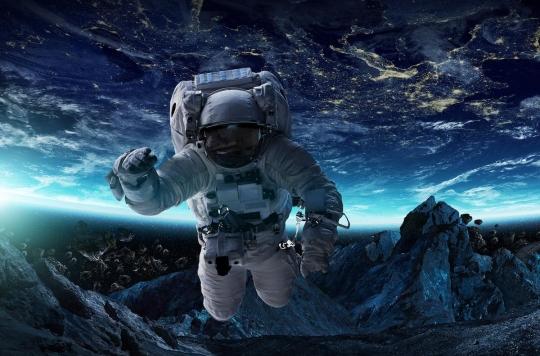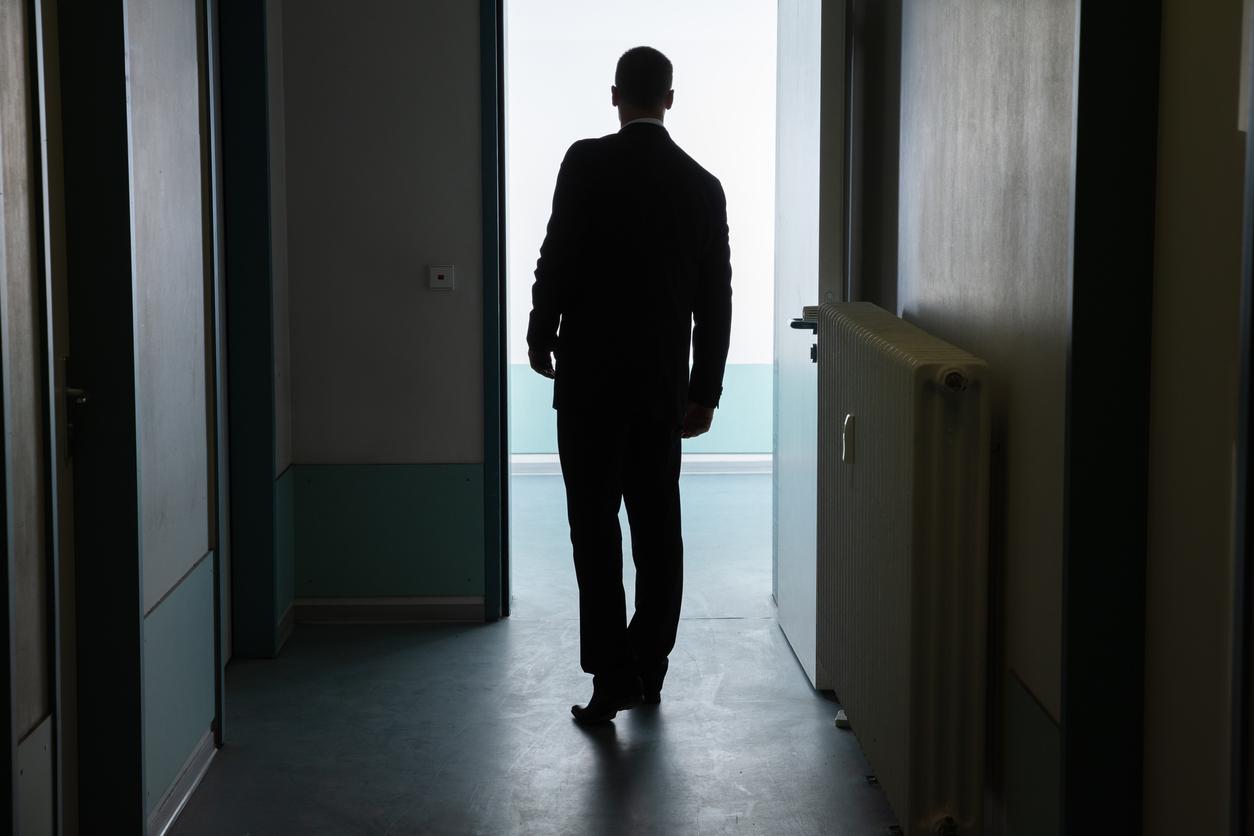The brain uses gravity to minimize muscular effort by turning muscles on and off in very precise ways.

- These observations confirm the deep adaptability of the nervous system to its environment.
- In space, the brain changes shape and size.
- The brain tends to move up and can stick to the inner lining of the skull, causing migraines and eye problems.
Almost 60 years to the day after the takeoff of Yuri Gargarin, the first man to fly into space, and two weeks before the takeoff of French astronaut Thomas Pesquet to the International Space Station (ISS), researchers from the ‘Inserm have published new data on the effect of gravity on the brain. The results, published on April 7 in the journal Science Advancessuggest that “the brain uses gravity to minimize the effort our muscles have to exert”, writes the institute in a statement.
The brain adapts to its environment
Gathered in the CAPS laboratory “Cognition, action and sensory-motor plasticity”, researchers from Inserm and the University of Burgundy are studying the effects of gravity on the body. By examining its impact on the brain, they found that it sends electrical commands that turn muscles on and off in very precise ways.”for a few milliseconds”, specifies Inserm. That allows him “to exploit the effects of gravity to accelerate our downward movements and decelerate our upward movements”. These results confirm “the hypothesis of a profound adaptation of the nervous system to its environment”, judge the researchers. They recorded the muscle activations sent from the brain to the muscles, both in primates and in humans performing horizontal and vertical arm movements.
In space, the brain changes size and shape
In weightlessness, the brain must adapt to the absence of gravity. In 2016, Researchers from the University of Michigan and NASA have found that the brains of astronauts change shape during stays in space. In a study published on December 19, 2016 in the journal NPJ Microgavity, they found that depending on the time spent in micro-gravity, different parts of the brain will compress or expand during the stay in space. “We found that large regions of gray matter decrease in volume, which could be related to the redistribution of cerebrospinal fluid in space. This could lead to a displacement of the position of the brain or its compression”, estimated Rachael Siedler, professor of kinesiology and psychology at the University of Michigan and lead author of the study.
In another study, published on November 2, 2017 in the New England Journal of Medicineresearchers from theUniversity of South Carolina, in collaboration with NASA, used medical resonance imaging to study brain anatomy after spaceflight. They studied the scanners of about thirty astronauts, some of them having spent little time in space – a few weeks – aboard the space shuttle, others having stayed longer on board – a few months. The results showed the narrowing of the central sulcus which increases according to the time spent in the Station.
The brain moves
They also noticed that the brain tends to move upwards and can stick to the inner wall of the skull. “One of our theories is that since there is no more gravity to pull the brain down, it moves up the skull.”, said neuroradiologist Donna R. Roberts, lead author of the study. Gold, between the brain and the inner wall of the cranial box is the cerebrospinal fluid, whose mission is to absorb the shocks received in the head. Subjected to weightlessness, this liquid loses its function and the astronaut’s brain can then attach itself to the inner wall of the skull. This could explain why many astronauts complain of headaches and blurred vision, with the upper part of the brain linked to eye function.
.
















